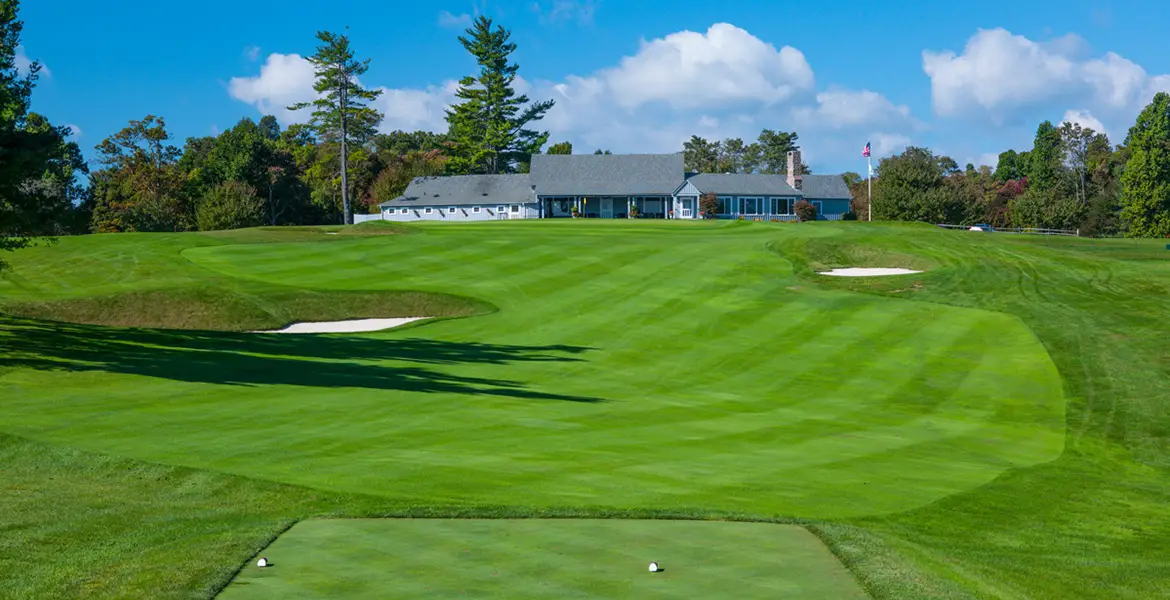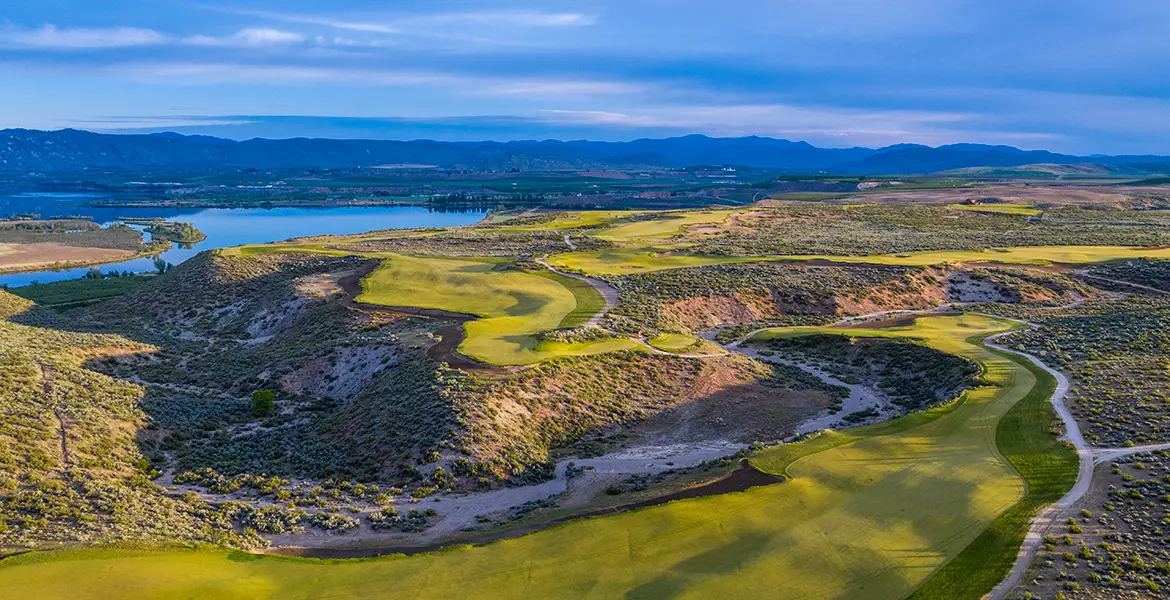By Graylyn Loomis

“It’s a great match-play course.” That phrase is often used by golf pundits, especially during Ryder Cup years. But what does it really mean? Are they saying certain courses have features that make them particularly good for match-play events? If so, what are those features?
Perhaps the best way to determine the attributes of a great match-play course is to look at courses where the best matches have occurred. Here are a few of the most recent.

1977 Open Championship
The “Duel in the Sun” at Turnberry must be in the conversation. Tom Watson birdied four of the last six holes to defeat Jack Nicklaus by one stroke.
1999 Ryder Cup
The Europeans opened a 10–6 lead at The Country Club in Brookline, Mass. Facing grim prospects, U.S. captain Ben Crenshaw told the media, “I’ve got a good feeling about this.” He sent his best players out first in the Sunday singles matches and they won the first seven. Then Justin Leonard won five of his last seven holes and birdied the 17th to secure victory for the U.S.
2005 Masters
The back-nine battle between Tiger Woods and Chris DiMarco was filled with pressure putts and the famous “In your life!” chip-in from Woods on the par-three 16th hole. Woods won in a one-hole playoff.
2016 Open Championship
In the final round at Royal Troon, Phil Mickelson and Henrik Stenson threw birdies at each other, Stenson birdieing four of the last five to tie the major scoring record, 63, and win the tournament.

So what do these epic matches have in common?
Here’s a hint: It’s not the style of course. They’re all different architecturally, and many don’t feature the traits commonly considered great for match play, notably pronounced risk-reward design elements and crescendo finishes.
The reason you can’t find obvious similarities is that the idea of a “great match-play course” is a myth. Any course can produce a great match. If anything, a great match-play course needs to get out of the way and allow the players to exhibit their skills. No golf course architect will say he designed a course to create compelling matches. Instead, they design courses to draw the best out of players and to test every aspect of their games. The only possible exception is Pete Dye’s Ocean Course at Kiawah Island, which was named host of the 1991 Ryder Cup before construction had even begun. But that said, the goal of that design was to host memorable championships, not specifically match-play tournaments.
Not convinced? Listen to Arnold Palmer, who has won more Ryder Cup singles matches than anyone and has more than 100 course designs to his credit, including Ireland’s K Club, which hosted the 2006 Ryder Cup. Asked which design features make for the best match-play courses, he responded, “The players.”

Think back to the earliest architects, like Old Tom Morris, who built courses in an era when match play was the only recognized format. Limited technology meant they had to design to the landscape, not in hopes of creating an exciting finish or match. Their final holes often simply brought the layout back to the clubhouse, which, because that structure was typically on the flattest piece of land, meant the finishing holes lacked drama.
Look at the St. Andrews Old Course, Royal Troon, and Augusta National, all courses with uncontrived finishes that have produced classic matches. Would anyone have labeled Troon a great match-play course before the 2016 Open? Absolutely not, but it produced an unforgettable head-to-head encounter.
So what do great match-play courses have in common? Great players. Where they slug it out is almost irrelevant.
________________
What is your opinion about match play courses? Let us know in the comments below!







Match play was most prominent in Scotland and Ireland. Some scorecards still have only room for two players.. Match play courses should have “risk and reward” holes that would benefit the leader of the match and his opponent.
Take the easier route if you are ahead and take the risk if you are trailing.
Ross was the master of “risk and reward” and dual routes to the green, some over penal bunkers and others around them staying just above ground level.
Various ways to play the hole is the key to a good match play hole.
I agree with your premise that it is players, not courses, that make great match play experiences. But I would look at the whole question a bit differently. I am a golf fan who likes to see the best players really, really tested. I get bored with tournaments where lots of players are 15-25 under par. But in match play, the overall difficulty of the course doesn’t matter nearly as much- just the quality of the competition. So the match play format brings many great courses into the running for professional events that would perhaps be deemed too easy or too short for normal stroke play tournaments. So this is really an argument for more use of the match play format and more exposure of some classic old layouts.
Merion East and its variations, ending with five challenging holes, leads to drama and the chance for risk/reward.
It seems to me that a great match play course should not just benefit a certain type of player…i.e. a bomber, or left to right, right to left player, but have enough variety to benefit all types of players. Also, the greens shouldn’t be such that putting is virtually impossible for all, thus minimizing the great putter’s advantage, and that shouldn’t be evident on every hole either. Obviously, risk/reward decisions are always a key ingredient to adding interest to any match. Decision making in golf should be as important as the physical ability. Lots goes into determining a great match play, or for that matter, a great golf course. That is why there aren’t very many of them. Lot of very good ones, but when the term ‘great’ is used, that is a very tough mountain top to reach, imo.
If there is one it has to be Wentworth’s West course, when it was known as the Burma Road. This course has seen more match-play by the worlds greatest of their era, than any other course in the world. Many of these matches played over 36 holes and going to extra holes. The 17th and 18th both birdie-able par 5’s, becoming eagle-able over the years, made for great finishes. Of course the course wasn’t designed to suit match-play but match play found it most suitable.